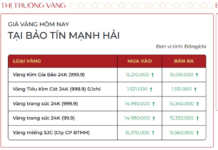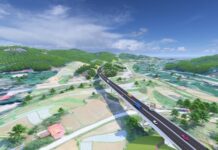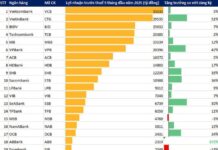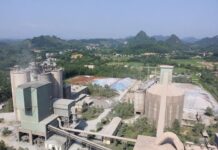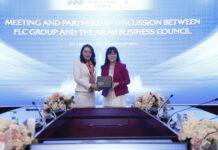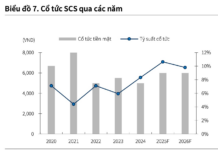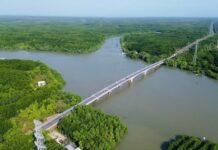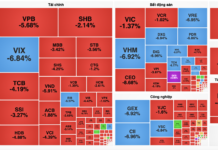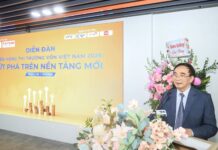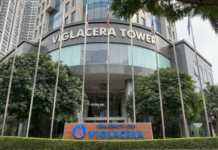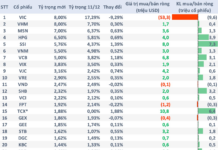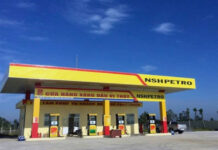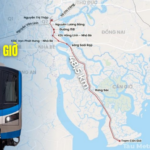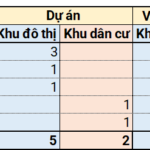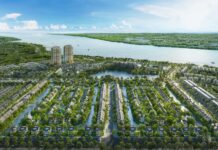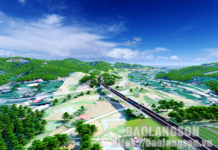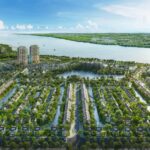With an ever-growing array of apartment options, first-time homebuyers can easily find themselves in a maze of choices. Many projects are heavily promoted with soft prices or huge promotions, but they often come with hidden risks. Experienced real estate investors know that buying an apartment involves more than just money; it requires a keen eye to spot projects that are not worth investing in.
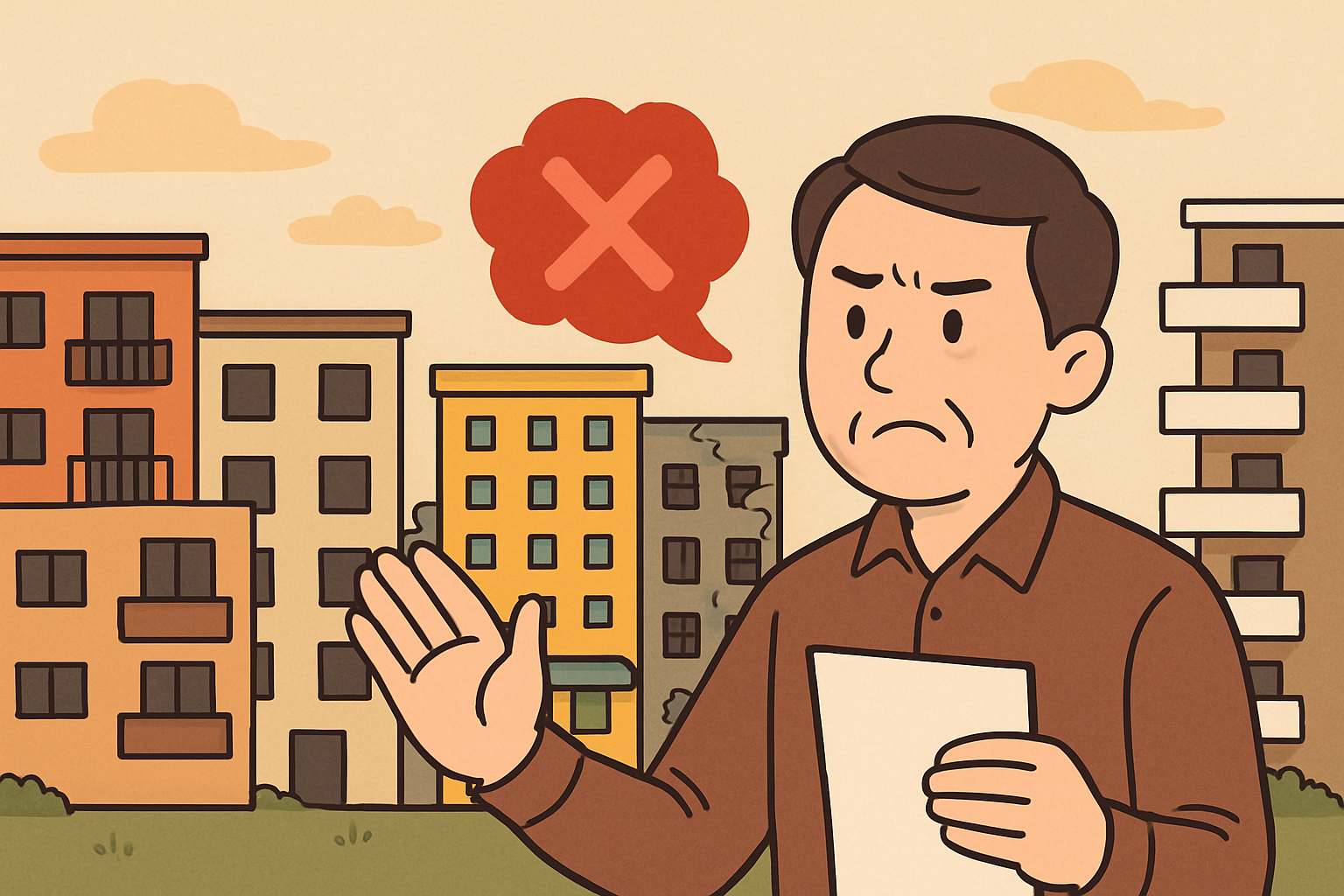
1. Incomplete Legal Documentation
This is the primary criterion when choosing an apartment. A project that lacks a construction permit, detailed approval (1/500), or is in the process of obtaining certificates for its residents is a red flag. Incomplete legal documentation increases the risk of delays, halted construction, or even project abandonment. Buyers may also face difficulties in obtaining their property certificates, making future transactions and mortgage loans challenging.
2. Abnormal Discounts and Slow Progress
Some developers offer prices lower than the market rate to attract customers, but this often comes with slow construction progress. Projects that drag on for years without handover leave buyers homeless and burdened with additional rental costs. If on-site inspections reveal a lack of manpower, slow construction, or repeated delays in handover dates, it’s best to steer clear.
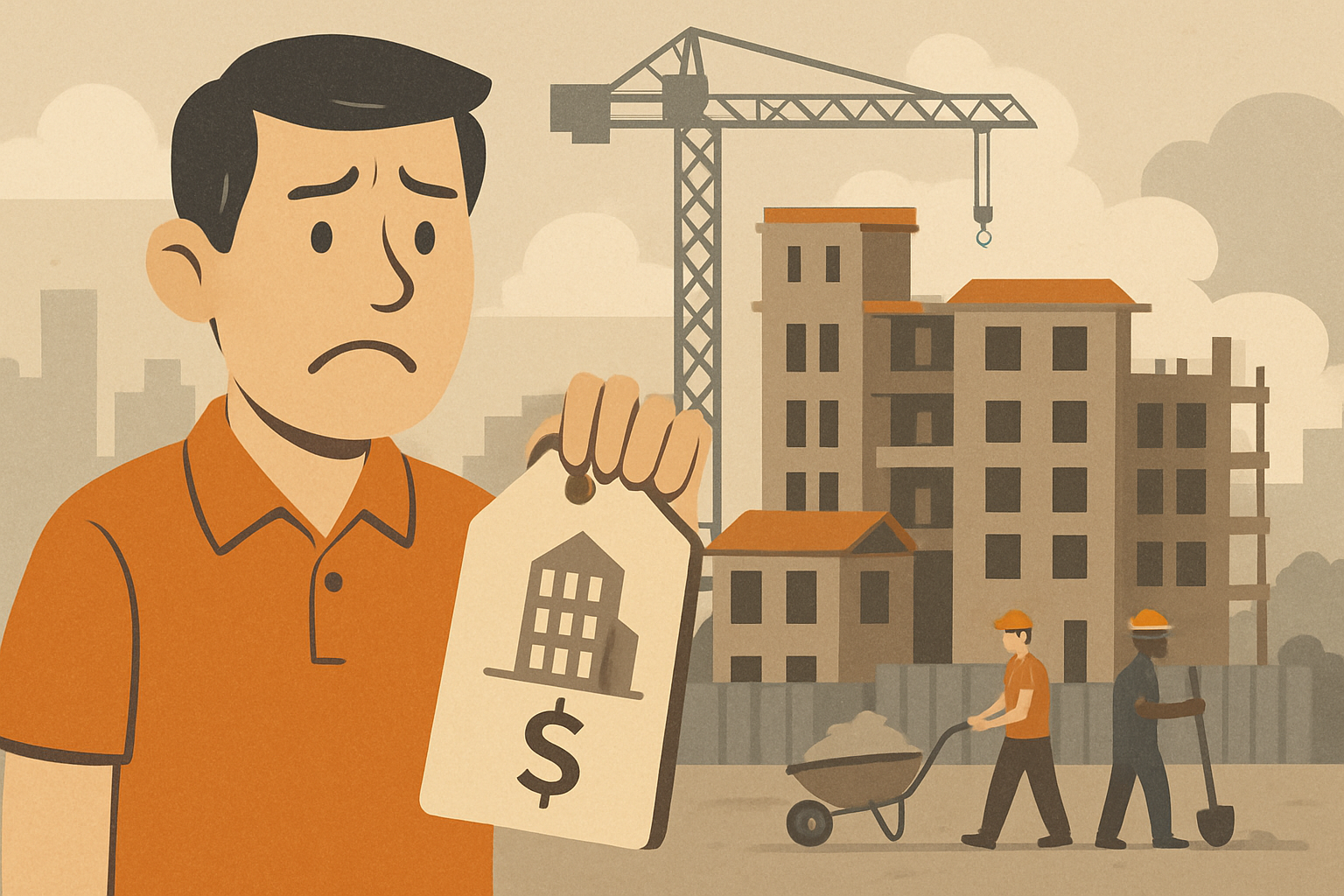
3. Weak and Scandalous Developers
The reputation of the developer is crucial. Businesses that have been criticized for poor construction quality, financial opacity, or legal disputes with customers should be carefully considered. In reality, many projects by incompetent developers face issues like delayed handover, unfulfilled amenities, or even mid-project bankruptcy.
4. Incomplete Surrounding Infrastructure
An apartment may be cheaper than the market rate, but if it’s surrounded by empty fields and lacks transportation connectivity, its potential for price appreciation and liquidity is low. Residents will face inconveniences in their daily commute and a lack of essential amenities like schools, hospitals, and supermarkets. In many cases, the additional living costs may outweigh the initial savings on the apartment price.
5. High-Density Projects with Limited Living Space
Some apartments are marketed as having “full amenities,” but in reality, they maximize space for apartments, resulting in cramped courtyards, inadequate parking, and a lack of playgrounds and green spaces. Overcrowded buildings often lead to crowded elevators, high service charges, and poor management, all of which diminish the living experience and long-term value of the apartment.
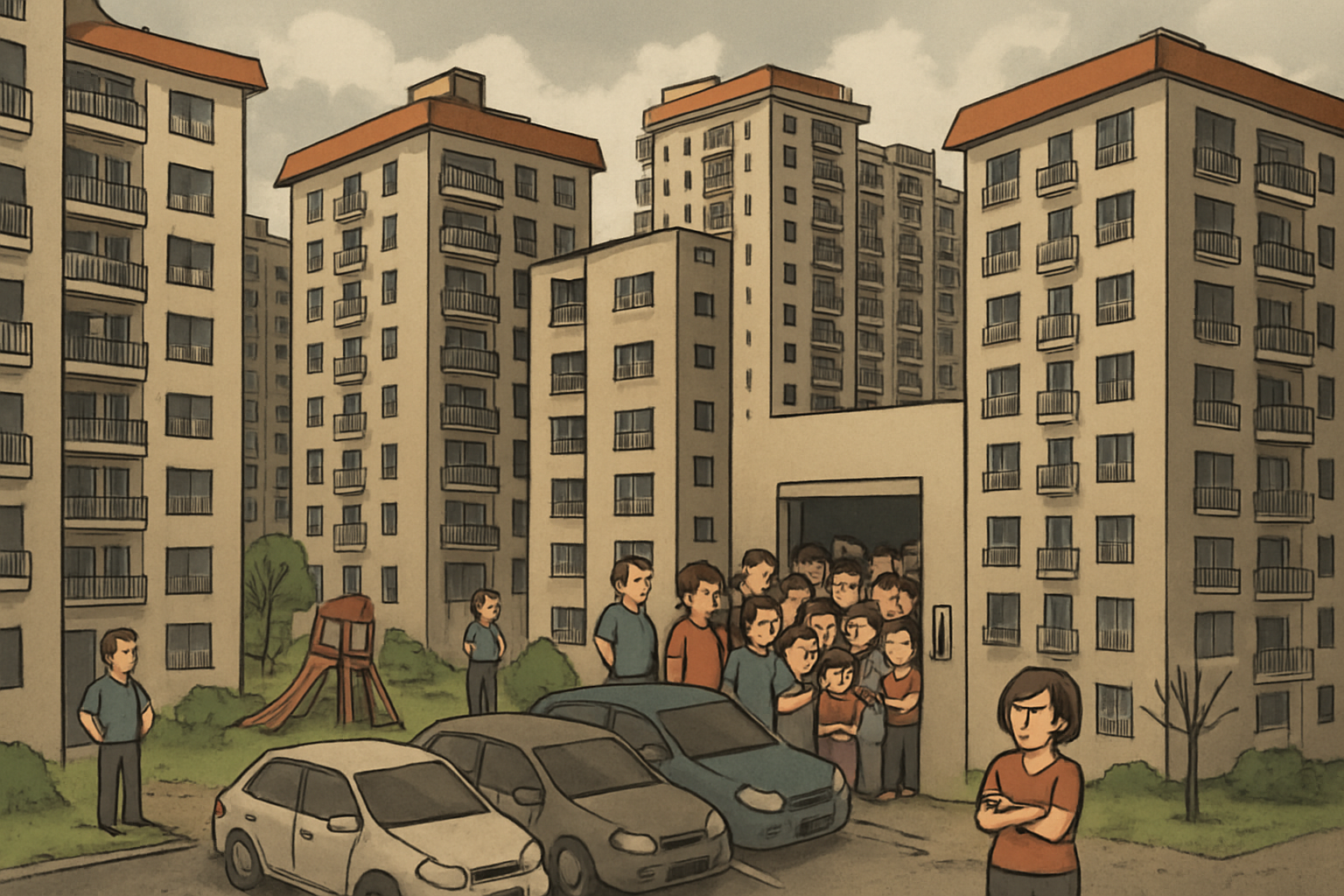
6. Over-glamorized Advertising
Purchasing an apartment is a significant decision involving a family’s accumulated wealth. Instead of focusing solely on price or promotions, buyers should conduct on-site inspections, thoroughly research legal aspects, developer reputation, construction progress, and infrastructure quality. There are projects that, despite being advertised at attractive prices, are even avoided by seasoned investors. Today’s caution is the key to avoiding legal and quality risks and safeguarding your assets’ value in the future.
“Experts: Progressive Policies Are Only as Good as Their Implementation”
“Vietnam has long been renowned for its progressive reforms, and this is a testament to its dynamic nature. However, the gap between policy formulation and on-the-ground implementation remains a pressing issue, as highlighted by Oliver Massmann, Managing Partner of Duane Morris Vietnam. With nearly three decades of experience in the country, Massmann emphasizes that the challenge lies not in a lack of new policies, but in the lag between enactment and execution. This delay hinders the realization of Vietnam’s full potential, and it is this very gap that needs to be addressed to ensure the country’s continued progress and success.”
“Asia Infrastructure Investment Bank President Forecasts Double-Digit Growth for Vietnam”
On August 31, during his attendance at the Shanghai Cooperation Organization (SCO) Summit in Tianjin and his official visit to China, Prime Minister Pham Minh Chinh met with the President of the Asian Infrastructure Investment Bank (AIIB), Jin Liqun.






